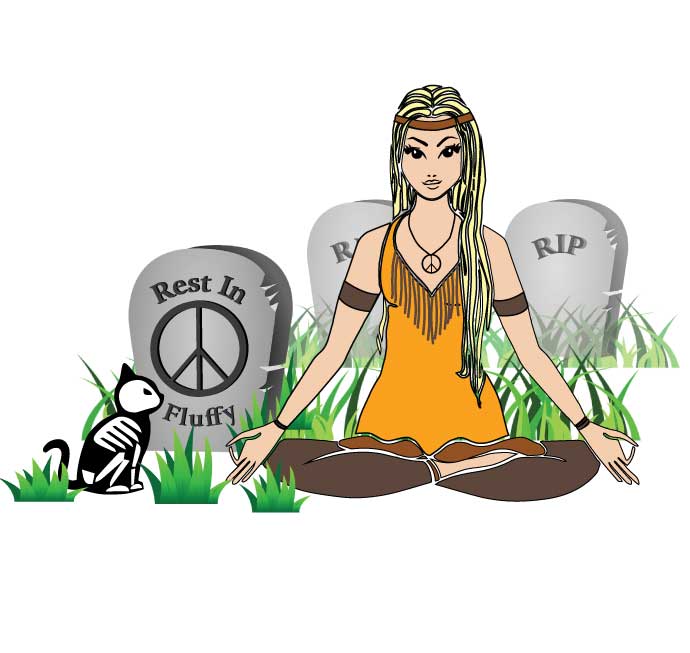MOUNT HOOD INVITES KILLER TO CAMPUS

Graphic by: Sheila Embers
Once in a while, instructors at Mt. Hood invite intriguing, diverse characters to speak with students. Most recently, they invited a murderer: Chelsea Cain is a killer – literarily, at least.
On Feb. 15, thriller author Chelsea Cain visited the college through the Humanities department’s Mouths of Others speaker series, which features writers and other storytellers from various backgrounds who discuss their latest work and their process.
The New York Times-labeled best-selling author of “The Hippie Handbook,” “One Kick,” “Does This Cape Make Me Look Fat?” and the “Heartsick” series explained her quirky background.
Upon being introduced to the Visual Arts Theatre crowd, Cain said she liked to kill people for a living. “I kill them in books,” she explained. On car trips, she keeps a lookout for good places to dump a body. She grew up reading the “Nancy Drew” mystery series. When her friends wanted to play “Family,” she wanted to play “Get chloroformed, and get put in a trunk,” she said.
Cain said she had a pet cemetery when she was a child. She was the one who “all of the other kids came to when a pet died… There would be a knock at the door and there would be a kid from down the street with a goldfish in a bag, or a hamster that would be just a dried husk that got dug out of a radiator.
“I had a bunch of funeral hats, and I put on a really good service that often the whole neighborhood would come to, and I’d bury the animals in the front yard.”
To Cain, having a pet funeral business was normal. She realized she had an unconventional attitude toward morbidity when she published her first thriller, a “twisted love story between a cop and a serial killer,” she said. An editor mentioned that the plot was ‘twisted,’ and Cain thought it was a funny thing to say.
Capturing the ‘good stuff’
While at college at the University of California-Irvine, Cain had to take a computer science class. The class included mandatory lab hours. She decided she would skip the lab and instead curry favor from her professor by sitting in the front row and being highly visible. One day, before the class started, the professor needed to make some notes, but he didn’t have a pen.
“I saw him do that pen tap thing, and I thought ‘This is my chance,’ ” she said. She handed him a pen, and he began the lecture. It didn’t take her long to realize she had handed him a tampon. The entire class started to murmur. “I start to hear this wave of recognition go up row-by-row behind me – of just ‘Is that a what?’ in this weird hush that rumbled up through 500 students,” she recalled.
“He catches it out of the corner of his eye, and he puts it in his vest pocket, and continues his lecture. And after that, I sat in the back row of that class.”
Cain said she was happy to have an embarrassing story of her own: That feeling is something she uses in her writing, she told the audience.
“It is something that I chase when I’m writing – that feeling in my body when I remember that story,” she said. “If I’m laughing a little nervously as I write it, that’s how I know it’s good. The stuff that you’re certain someone will have the sense to edit (out) is always the best stuff, and so always put that in.”
Slow it down
In her thrillers, during fast-paced scenes, Cain said she slows the action down. “It is very tempting, as a writer, when you write a scene of somebody chasing after somebody else with a knife to unfold very quickly – to describe it very quickly because it’s very fast paced,” she said.
To better create tension in a scene, Cain suggests to slow it down. “The more details you can unpack, the more tense it will seem… that means very practical sensory details,” she said. “Any kind of weird details you can unpack in the moment, will make that scene more tense.”
To demonstrate her approach, Cain read from her unpublished story about a mother killing her child. The child returns to torment the mother. The only way to get the baby quiet is to turn on the television.
Most of Cain’s work is what she described as “commercial fiction,” books that are available almost anywhere, including airports and get translated into various languages. Her first work, “Dharma Girl,” described her early life in which she was raised on commune by hippie parents.

Leave a comment